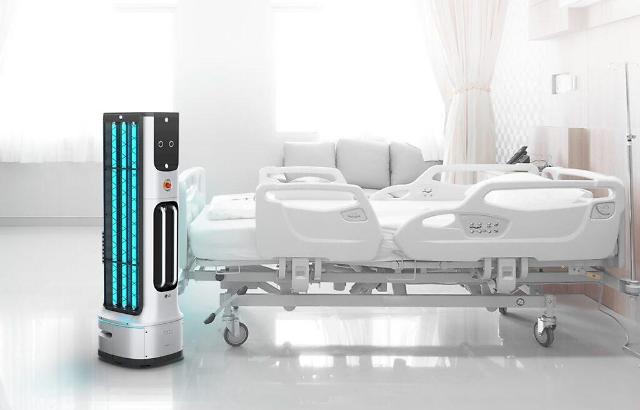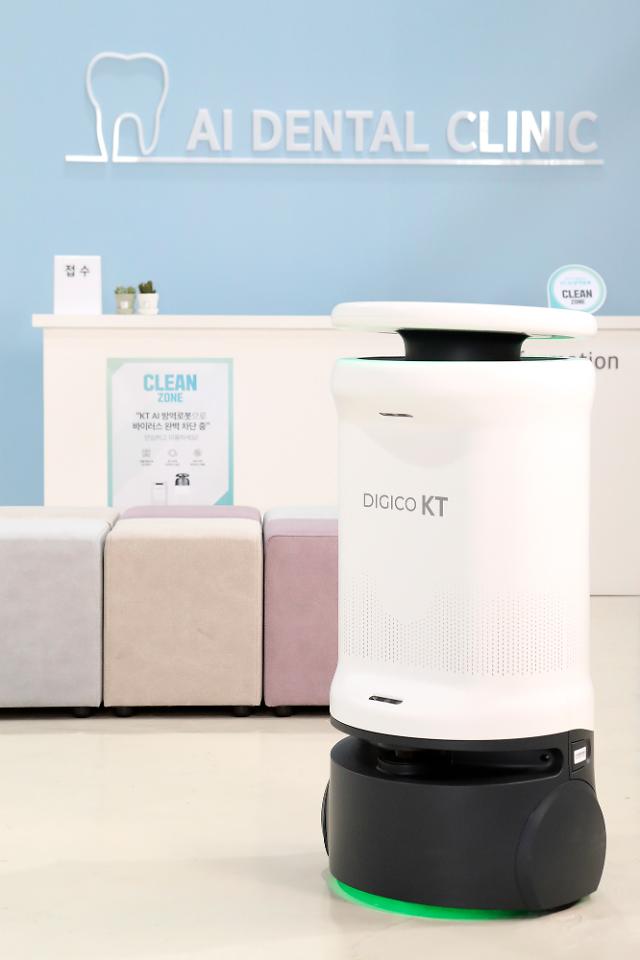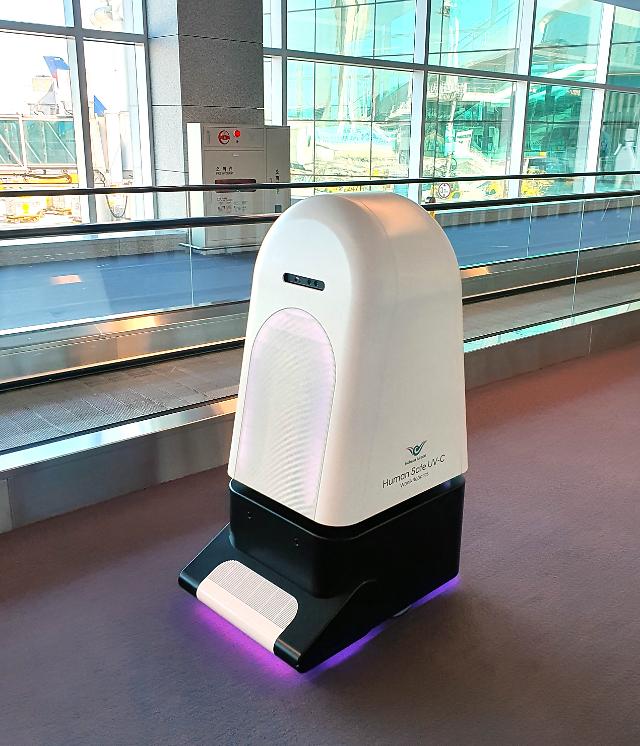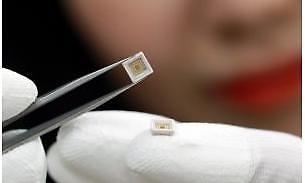
[Courtesy of LG Electronics]
SEOUL -- An autonomous quarantine robot developed by LG Electronics made its commercial debut to sterilize public places and hospitals. It can carry out non-face-to-face quarantine without time restrictions, using ultraviolet-C lamps mounted on the left and right sides of the body.
The robot with the brand name of "CLOi UV-C" is optimized for non-face-to-face quarantine work in buildings with many separate spaces such as hotels and hospitals, LG said, adding CLOi UV-C robots would be deployed at a Seoul district office, a public library on the southern island of Jeju and a hospital by the end of April.
Based on autonomous driving and obstacle avoidance technology, LG said that its quarantine robot moves the indoor space along the wall and sterilizes the surfaces of objects that human hands touch. The UV-C lamp removes 99.999 percent of harmful bacteria in spaces within 50 centimeters.
Users can check the progress of sterilization and work areas in real time through an app. "We will continue to introduce robot service solutions that are helpful in daily life and help customers with new experiences and values through LG's unique robot solutions," LG's robot business head Roh Kyu-chan said in a statement on April 14. The company has developed various CLOi service robots.
COVID-19 prompted researchers to quickly develop autonomous quarantine robots that can roam about high-risk facilities. There are many kinds of autonomous quarantine robots in operation but many of them can only clean vacant spaces or places with a very small moving population. UV-C treatment can cause skin ulceration and sometimes serious burns. Because the strong light treatment method could harm people, infectious disease prevention robots are mainly operated in vacant areas.
.




